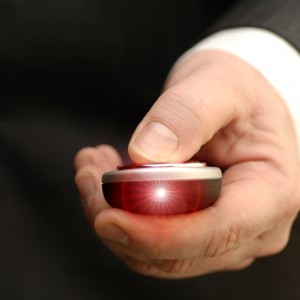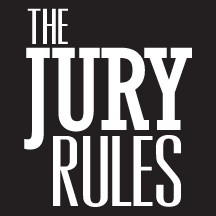
Published on March 1st, 2013 | by Trey Cox
A. Where to Stand – Counsel should maintain a respectful distance of about eight to ten feet from the jurors, standing at the center line of the jury box. The argument should be delivered from this [&hellip... Read More →

Published on February 22nd, 2013 | by Trey Cox
If you do not insist on one word answers, some witnesses will abuse the process volunteering material that is simply not called for by the question in a partisan effort to reach out and hurt your [&hellip... Read More →

Published on February 15th, 2013 | by Trey Cox
Demonstrative evidence is cool and persuasive, but how do we take that next step and place it in the jury room for deliberations – the real final argument? It is really not that hard. With a [&hellip... Read More →

Published on February 8th, 2013 | by Trey Cox
Demonstrative evidence should be used to clearly or memorably convey the theme or concept. There are five broad purposes for the use of demonstrative evidence: (I) to organize facts and themes, (2) to explain scientific or [&hellip... Read More →

Published on February 1st, 2013 | by Trey Cox
As trial lawyers, we have to provide information in the format that our jurors require. There are many studies that document why demonstrative evidence works, but we do not need a study or a book to [&hellip... Read More →

Published on January 25th, 2013 | by The Jury Rules
Even with sufficient planning and preparation, problems with demonstrative aids are inevitable. Presentation problems do not determine the outcome of the case as much as do the lawyer’s reactions to the problems. To alleviate potential pitfalls, [&hellip... Read More →










